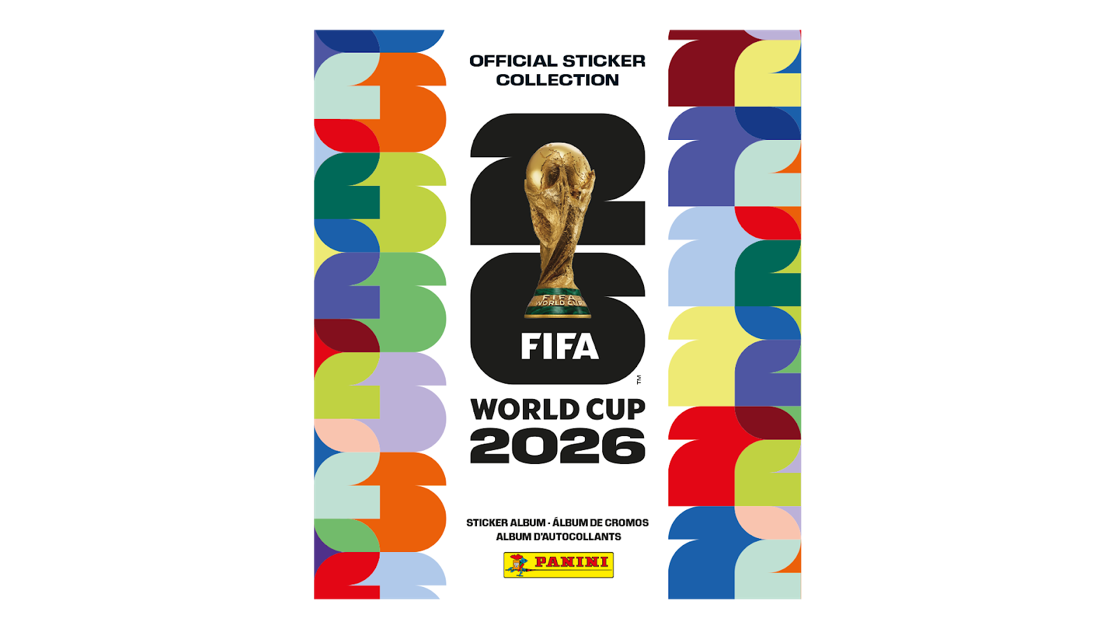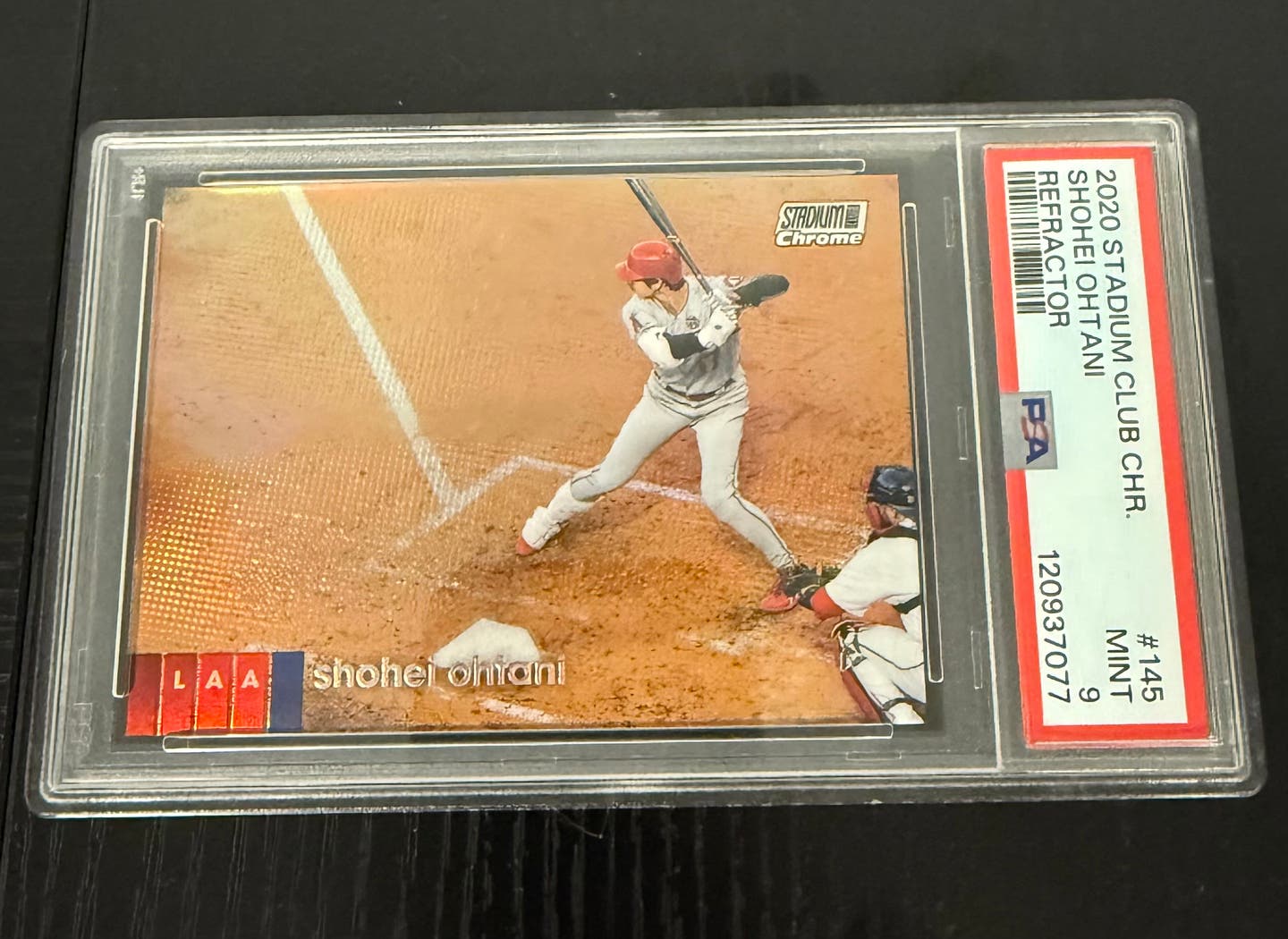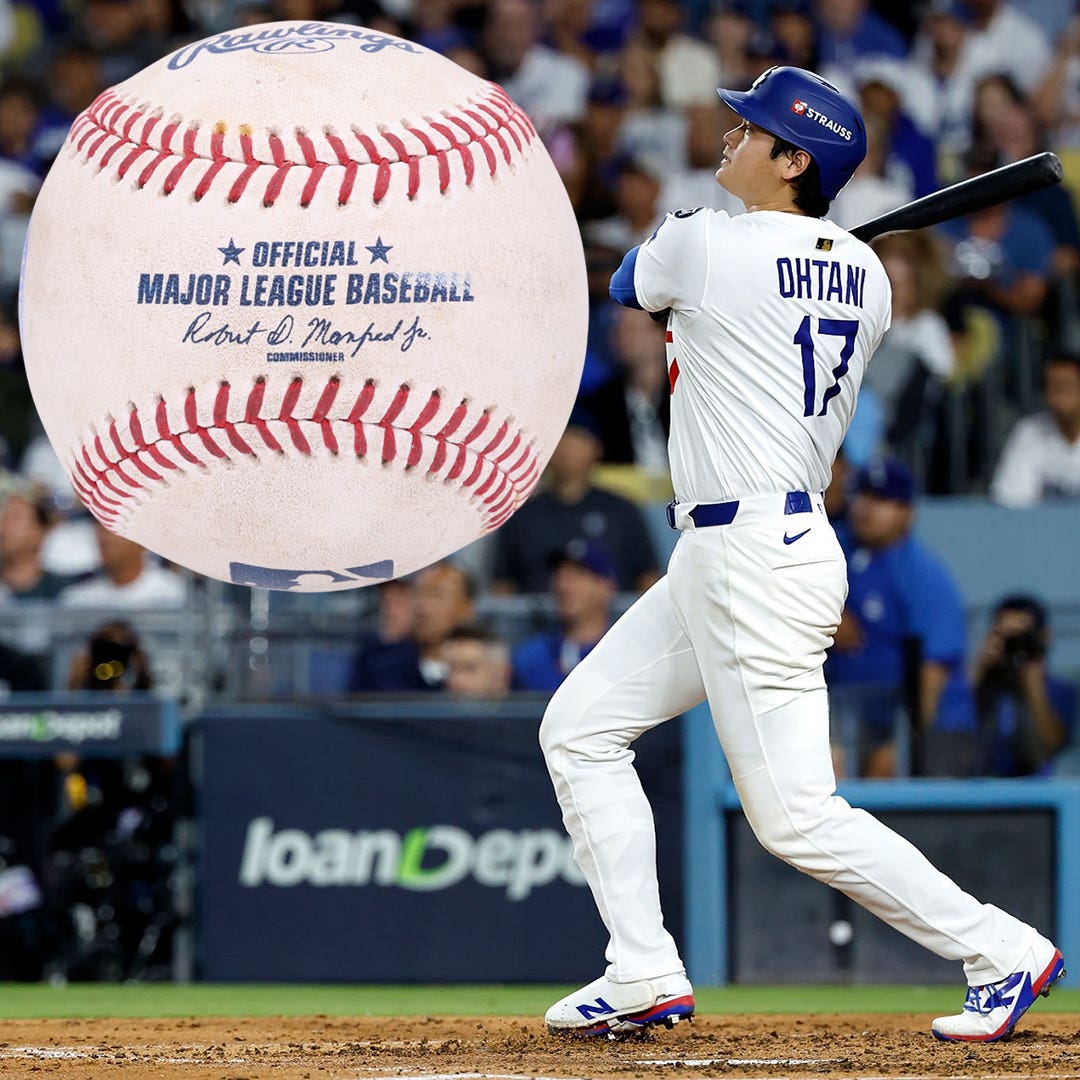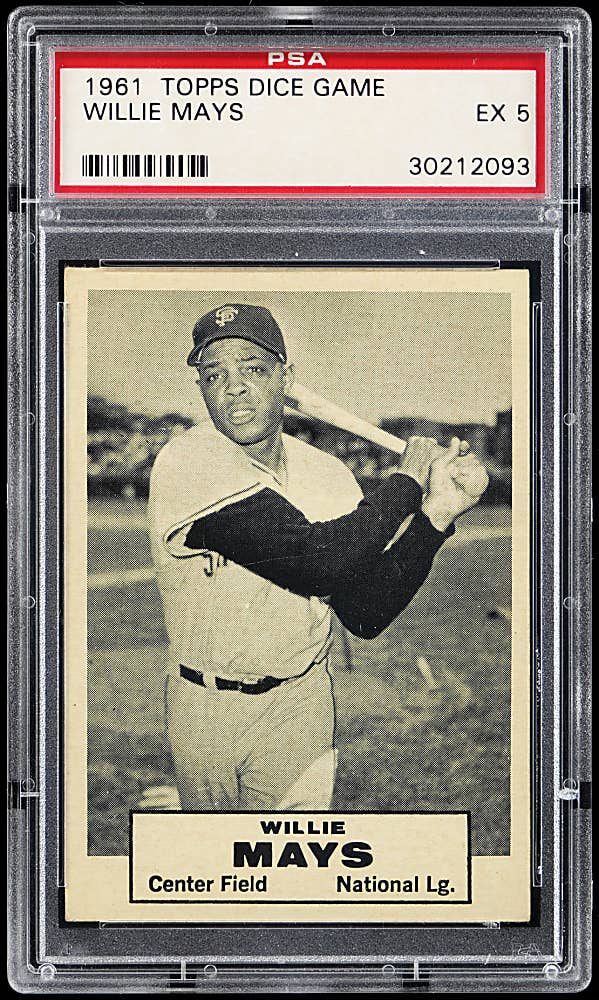Collecting 101
Checklisting T206 errors: How it’s done
When examining a "new find" from a classic baseball set beloved throughout the hobby - such as 1909-11 T206 tobacco, 1930s Goudey or 1950s Topps - it takes a panel of experts to weigh in on whether or not it's included in the next Standard Catalog.
In the case of T206, it can get complicated. Lithography can be a tricky printing process today - let alone back in the days of pre-World War I technology.
Furthermore, collecting priorities change over the years as the hobby uncovers more information about the quantities of a variation that exist.
What might have been an exciting find in 1975 might be even more exciting today and worth hundreds of times its original value.
Conversely, it might be downgraded if more of them show up on the market and they aren't quite as rare as originally thought.
Even more perplexing, if only one or two specimens of a color variation show up for example, it might be considered an interesting - but not particularly valuable - "flaw" by the T206 collecting community.
Which brings us to the T206 Vic Willis portrait card (pictured), sent in by a longtime SCD reader. Its odd purple background seemed to be an uncatalogued variation on the typical red background. She asked us if we'd consider it for the "T206 Errors" list in the 2008 Standard Catalog.
The short answer is no - unless a substantial number of others just like it show up - and even then, probably not.
The long answer is that many T206 collectors don't even consider different-colored backgrounds as true errors but rather, interesting variations on the originals. They're looking for typographical errors or differences in uniform appearances (such as missing logos) before they get excited about checklisting an error card.
"There are probably fewer purple Willises than (No. 287a Sherry Magee error cards with his last name misspelled) Magie," says collector Brian Weisner. "Both are due a premium over the average card, but it's very difficult to draw the line."
Sometimes different colored backgrounds can confirm that a missing-letter variant is actually an authentic card and not one doctored by a quick-buck artist. On their own, different colored backgrounds are just par for the T206 course.
"My definition of a variation is something on the card that was intentionally changed or corrected by the issuer," said Shawn Adkins, who's writing a guide to T205s and watches the market closely for T206s. "An example would be a typo, airbrushed area, font changes, textual mistakes that were corrected or deliberate color changes. Even if the Willis card had no background color at all, it wouldn't be a variation card - merely a printing flaw."
David Rudd Cycleback, a vintage art authenticator specializing in early baseball cards, prints and photographs, puts it another way:
"Printing flaw cards with striking colors can be worth a premium, but are considered errors in the print variation than their own card," Cycleback said. "They are much like miscut cards. You don't call a badly miscut 1952 Topps Mickey Mantle a new card; you call it a 1952 Topps Mantle that was cut wrong by the printers. If you pull a 1991 Ken Griffey from a pack and the card has a blank back, it's not a new card, but an error by the printers."
The way lithography works, the colors on almost every single specimen of a particular T206 card can vary from all the others, says Robert Lifson of Robert Edward Auctions.
As a printer worked his way through a batch of card sheets, his press would slowly run out of one of the ink colors, which would cause color variations over the print run. These differences are nearly imperceptible in most cases.
In the case of this Willis card, the press appears to have run out of one ink color, making the standard red background into a quite unsubtle light purple, putting a pasty pallor on Willis' face, and rendering his uniform letters a weak, rusty brown.
"If you take many random examples of any card in the T206 set and line them all up, you will see variation to the colors," Lifson says. "There is simply no end to the possible shades of colors for each and every card in the T206 set, and to checklist this card as a true variation then opens the door to literally thousands of others. There are even noticeable shading differences to some T206 Honus Wagners. That's how T206s are."
Veteran T206 collector Art Martineau says the purple-background Willis is known among collectors. He's probably seen three Willis variations along the lines of the one our reader sent in with the purple background, and owns one of them. He guesses that his Willis and our reader's came from the same sheet - and that there could be more out there, if they survived the last century.
The good news for collectors who find color variations like the Willis that touched off this discussion? Checklisted or not, they can be more desirable to some collectors than their counterparts bearing the typical colors.
"Something that's missing color, that's a different kind of error - the Magie is a real error; in any print run the ink's going to start running out," says longtime vintage baseball dealer Barry Sloate, who adds that a minority of T206 collectors enjoy chasing variations such as the purple Willis.
Especially collectors who complete the basic set and then turn to acquiring errors and variations. He says that years ago, collectors wouldn't touch T206s with backs printed so off-center that you'd see a slice of the next card's back on the edge.
Today, even those defects command a premium among a select group of the T206 faithful. The purple Willis card has some appeal, but he doesn't think it should be on checklists. "For every 10 guys collecting this set, there are two or three who would find it interesting and place bids above and beyond what a normal Willis would go," he said.
Martineau catalogs the variations he sees in his travels. His list is up to 200 different, including those with different-colored backgrounds. Although it's interesting to him to keep track of them, he agrees with the Standard Catalog's current approach for listing T206 errors and variations.
"I think that the current T206 error listing showing the major errors and then having the 'common player missing one or more colors' is sufficient pricing for these errors," he said. "I am not sure that listing all of these in the SCD book would be necessary."








